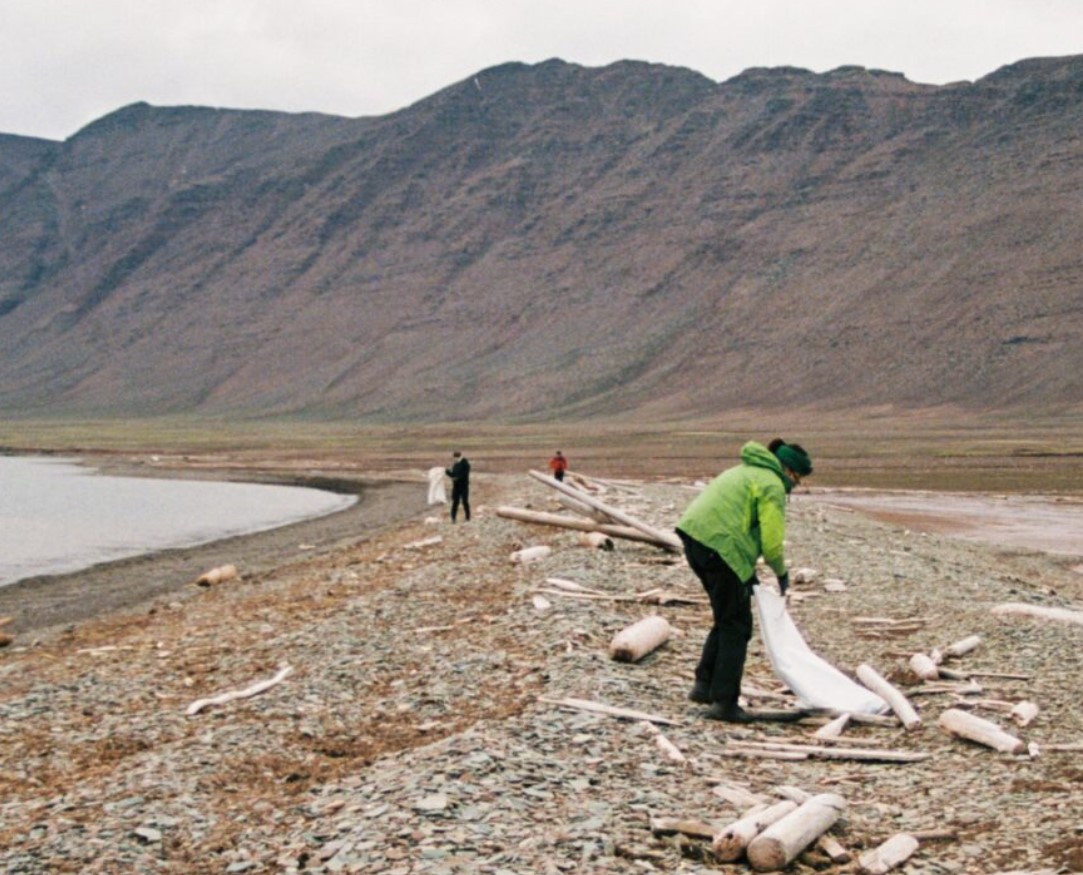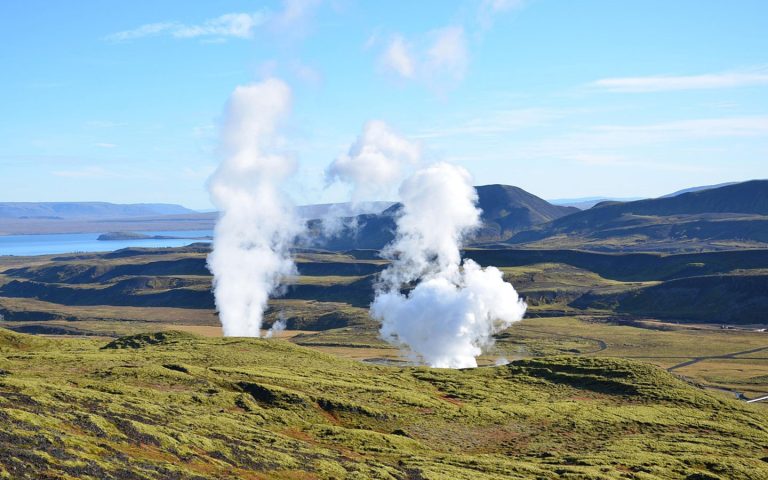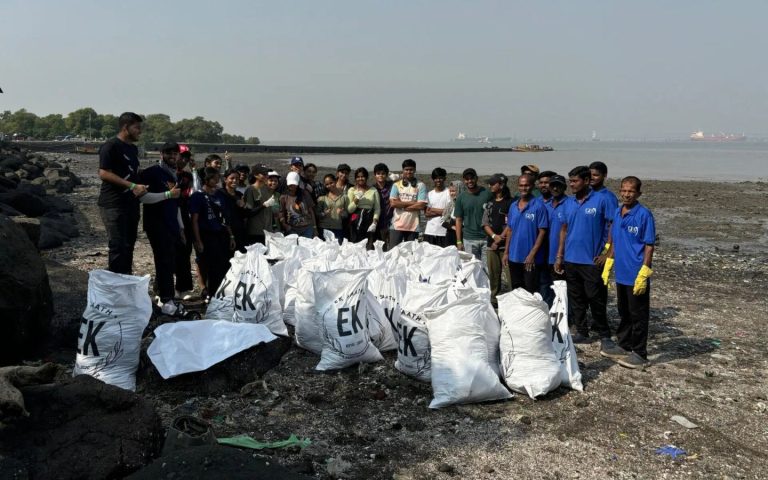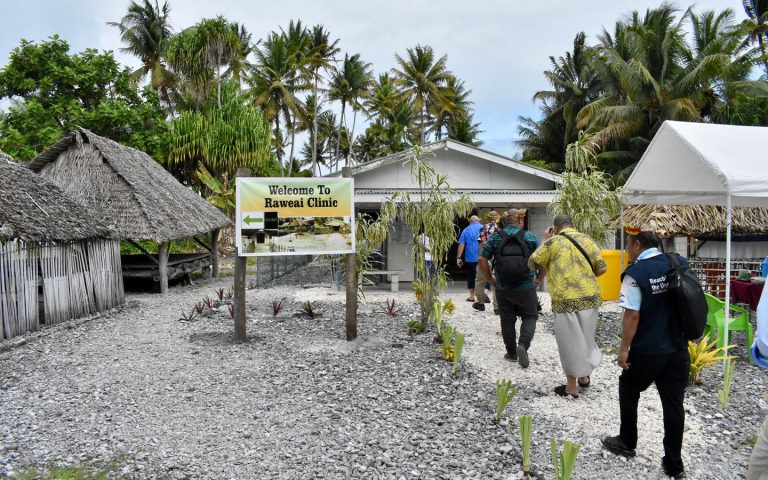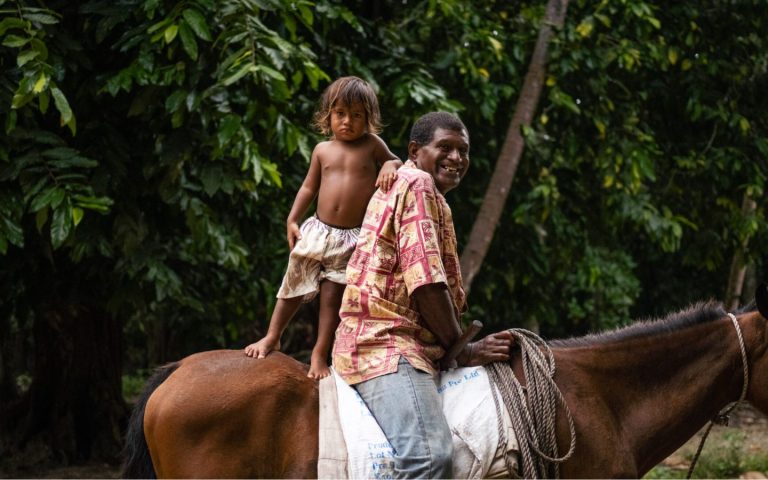Photo by Louise Krüger. Retrieved from oceanographicmagazine.com
Excerpt from oceanographicmagazine.com
As oceanographer with Utrecht University in the Netherlands, Erik Van Sebille, explains: “Svalbard is at the end of a large conveyor belt circulation. A lot of the plastic from the US, Europe and so on, if it stays afloat, may end up there,” he says. The Norwegian Polar Institute estimates that there are over 79,000 tonnes of plastic in the deep water between Svalbard, Greenland and in the Barents Sea – the equivalent weight of about 50,000 cars. Every time there’s rough weather, storms or wind, that plastic washes up on shore and, if not washed out at sea again, stays there.
Fortunately, this is about to change – at least for today. Only an hour after we’ve arrived and are settled in on the ship, we gear up in survival suits and head to the nearest beach. Wijdefjorden, the longest fjord of Svalbard, opens out towards the northern coastline, and basking in the sun, it seems far from ghastly. Two volunteers and today’s polar bear guards disembark first to ensure the coast is clear. One of them is Sund. She swiftly dances out of her survival suit, steps into hiking boots and ascends the nearest hill. “Clear,” she radios back.
Once confirmed, no bears in sight, the rest of us enter land, wiggling our way out of our survival suits, grabbing white plastic bags, and spreading along the beach to cover as much ground as possible. As if the race has begun, we start hunting for all pieces of trash we can find.

